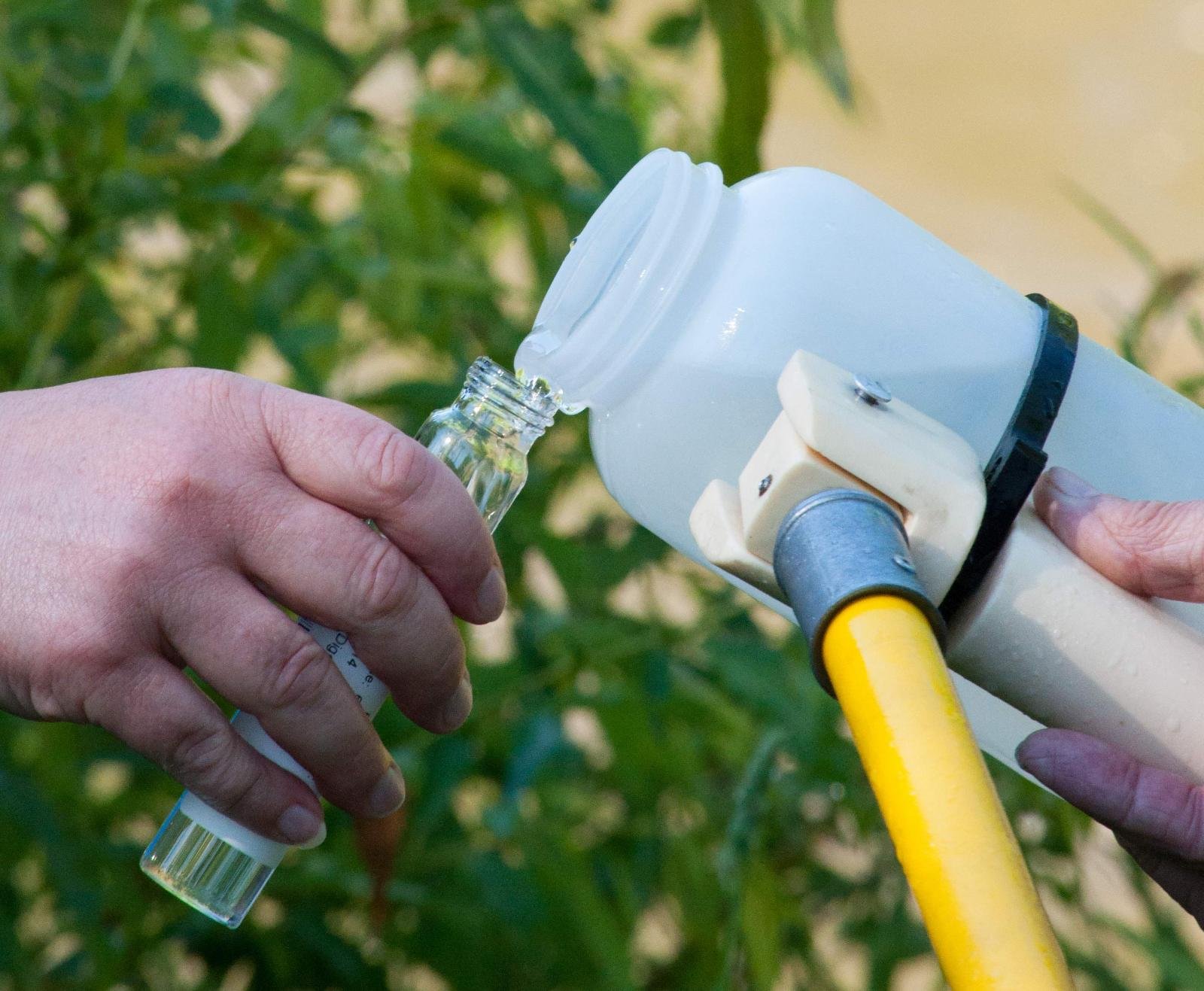
We have been monitoring waterways in Addison County since 1997.
Twice a month from April to September, teams of volunteers visit established sites on waterways in Addison County. The samples are then sent to laboratories for analysis.
Why Monitor Water Quality?
Citizen Science
Citizen science is a strong supplement to the federal and state programs charged with protecting surface waters. When agencies are in need of support, we take responsibility for ensuring our waterways are protected and restored when they have become polluted or degraded.
High Standards
Addison County River Watch Collaborative has worked diligently over several decades to maintain a high standard of scientific rigor. Our network of dedicated volunteers follow monitoring protocols that have been approved by the State of Vermont's Department of Environmental Conservation, and the water samples we collect (generally twice per month) are sent to certified laboratories.
Relevance of Results
The results from our monitoring are summarized in reports and disseminated so that regulators, landowners, scientists, and members of the public can see how our rivers and streams are faring and where it appears water quality problems need to be solved.
-
We measure phosphorus concentrations because research has shown that phosphorus is one of the main drivers of nutrient enrichment in Lake Champlain, causing cyanobacteria (often called blue-green algae) blooms that can be toxic. The State of Vermont has been establishing limits to how much phosphorus can go downstream into the lake and each major watershed has a designated amount of phosphorus it is allowed to load into the lake. One way to keep track of loading is to measure concentrations of phosphorus in the water and factor that amount with flow of water. Streams that have high concentrations of total phosphorus (generally speaking, above 27ug/L, or parts per million) are considered to not meet Vermont’s water quality standard for phosphorus. In such cases, we try to focus remediation and restoration activities in watersheds that are most acutely above the standard.
We sampled 23 sites for total phosphorus on 10 different sampling days in 2024. -
Nitrogen is an essential plant and animal nutrient that naturally occurs in numerous forms in surface water. High concentrations of nitrogen in a waterbody may indicate that pollutants from animal manure, sewage, or fertilizers applied to land are making their way into the water via runoff. River Watch only seldom sees concerning levels of nitrogen in the streams we monitor. The Vermont Water Quality Standard for Total Nitrogen (TN) is 5mg/l, or parts per thousand.
We sampled 22 sites for total nitrogen on 10 different sampling days in 2024. -
We are measuring chloride as part of a statewide effort to establish a baseline of what levels of salts are in Vermont surface waters. Chloride (Cl) concentrations have been on the rise in lakes, rivers and wetlands across New England and it has seeped into groundwater in some locations. LaRosa Partnership Program partners assist VT Department of Environmental Conservation by helping to determine the extent of chloride contamination across the landscape, as well as note any temporal changes. Cl results may be used for helping VT Department of Environmental Conservation determine reference or high-quality waters that may require additional biomonitoring. The sources of chloride in Vermont are from de-icing compounds (e.g. road salt), irrigation, agricultural and wastewater discharges.
We sampled 20 sites for chloride on 10 different sampling days in 2024. -
Many biota in streams such as sensitive species of fish (like brook trout) and invertebrates (like stoneflies) depend on cold water, which holds more oxygen than warmer water. We monitor temperature as yet one more way to give an indication of how “healthy” a stream is. Rising water temperatures can have detrimental effects on species that depend on cold water.
We tested the water temperature at all 27 of our sampling sites on all 12 sampling days in 2024. -
E. coli is a bacteria found in the intestines of humans and other warm-blooded animals. It is used as an indicator of potential fecal contamination of waters. While most strains of E. coli are themselves not pathogenic, detection of E. coli suggests that other disease-causing pathogens may be present. The Vermont Department of Health sets a health-based safety standard for swimming at 235 organisms/100 mL of surface water. A water sample - taken as a snapshot – that contains a concentration of organisms/mL lesser than 235 is considered compliant with the safety standard for swimming.
We sampled 8 sites for E. coli bacteria counts in 2024.
Our Sampling Parameters
Watersheds and You
See our Storymaps for an in-depth look into the watersheds of Addison County. Where is your watershed?
Water Quality Reporting
Each year, we publish official water quality reports for each of the waterways that we monitor written by Just Water Consulting. This includes a summary of the data from each waterway, our methods, and the results of our sampling parameters. We change our sampling sites every year to track inputs into waterways.

